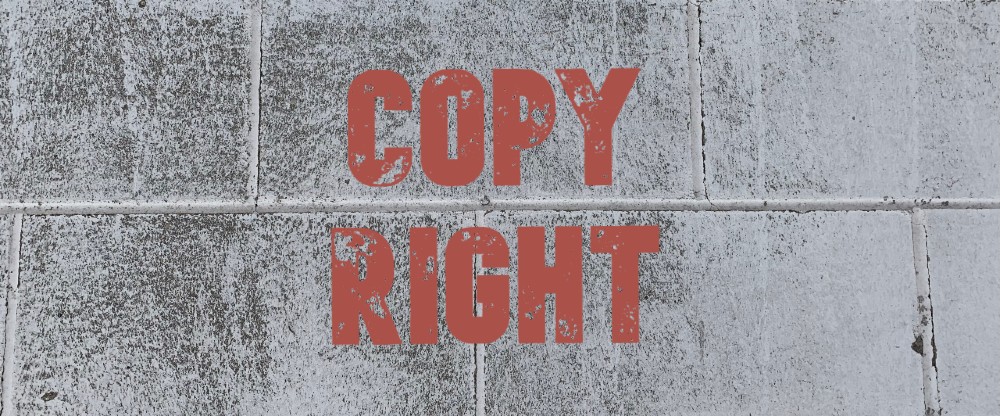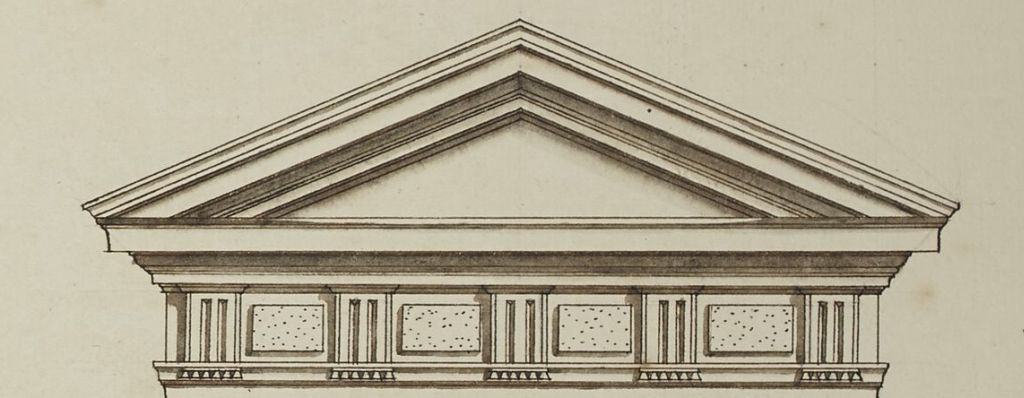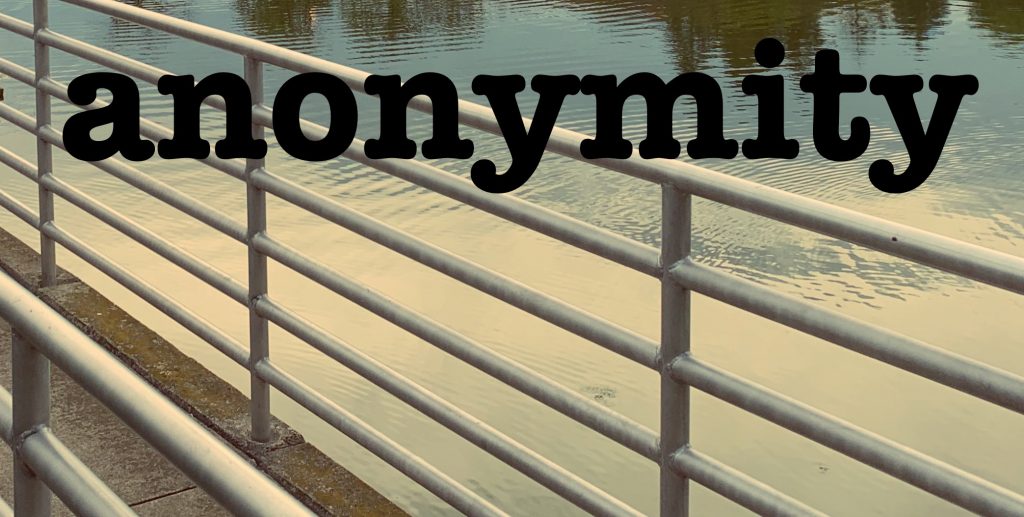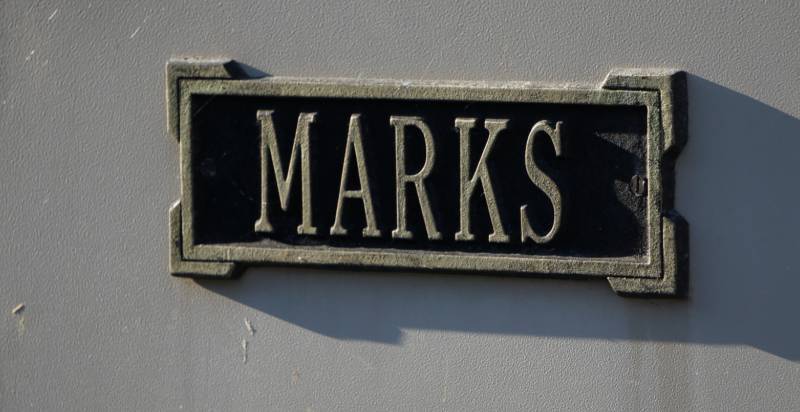
Plaintiff sued YouTube after the platform took down one of plaintiff’s videos in response to a DMCA takedown notice. She claimed YouTube failed to follow the procedures in 17 U.S.C. §512 by, for example, not providing her with a physical signature of the copyright owner and otherwise not following the “exact course of the DMCA guidelines.” YouTube moved to dismiss and the court granted the motion.
It held that §512 serves to provide safe harbor protections from copyright infringement liability to platforms. Section 512 does not, however, give rise to a standalone basis to sue a platform.
When a copyright owner sends a DMCA takedown notice to a platform, it must include substantially the following:
- A physical or electronic signature of a person authorized to act on behalf of the owner of an exclusive right that is allegedly infringed.
- Identification of the copyrighted work claimed to have been infringed, or, if multiple copyrighted works at a single online site are covered by a single notification, a representative list of such works at that site.
- Identification of the material that is claimed to be infringing or to be the subject of infringing activity and that is to be removed or access to which is to be disabled, and information reasonably sufficient to permit the service provider to locate the material.
- Information reasonably sufficient to permit the service provider to contact the complaining party, such as an address, telephone number, and, if available, an electronic mail address at which the complaining party may be contacted.
- A statement that the complaining party has a good faith belief that use of the material in the manner complained of is not authorized by the copyright owner, its agent, or the law.
- A statement that the information in the notification is accurate, and under penalty of perjury, that the complaining party is authorized to act on behalf of the owner of an exclusive right that is allegedly infringed.
If the notification does not include substantially these items, then if the platform leaves the content up, the insufficient notification will not be considered to have placed the platform on notice of the alleged infringing activity. So if the copyright holder sues the platform for copyright infringement, it will have to plead other facts showing that the platform is liable for infringement. Relatedly, if the platform acts expeditiously to remove or disable access to allegedly infringing content when it gets knowledge via a valid takedown notice, it will have an affirmative defense to a claim of copyright infringement.
In this case, the court confirmed the notion that the DMCA provides this safe harbor to the platform but does not give the person whose content has been taken down the right to sue the platform. The court does not mention – but it remains relevant – that one whose content has been taken down can seek a remedy under 17 U.S.C. §512(f) against a party who sends a takedown notice while knowingly materially misrepresenting that the content is infringing. But that is not the course plaintiff in this case took – she sued YouTube for not following the requirements that apply to copyright holders. And she lost.
Finley v. YouTube, 2022 WL 704835 (N.D. Cal., March 9, 2022)
See also: Is it defamation to accuse someone of sending a bogus DMCA takedown notice?



 Evan Brown is a technology and intellectual property attorney in Chicago. This content originally appeared on
Evan Brown is a technology and intellectual property attorney in Chicago. This content originally appeared on 



